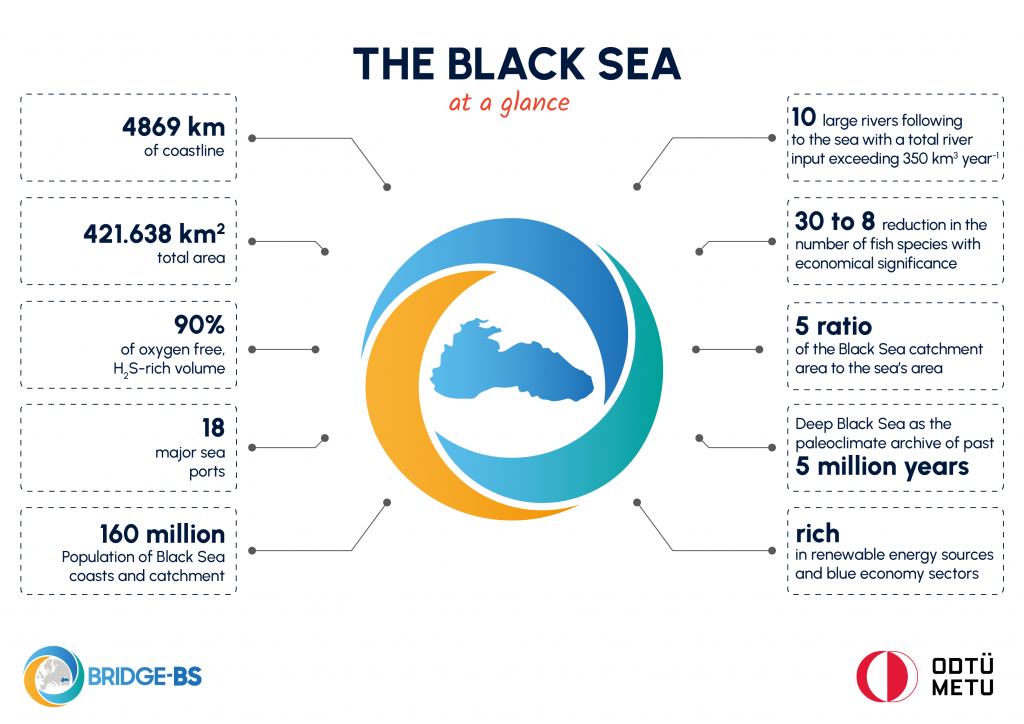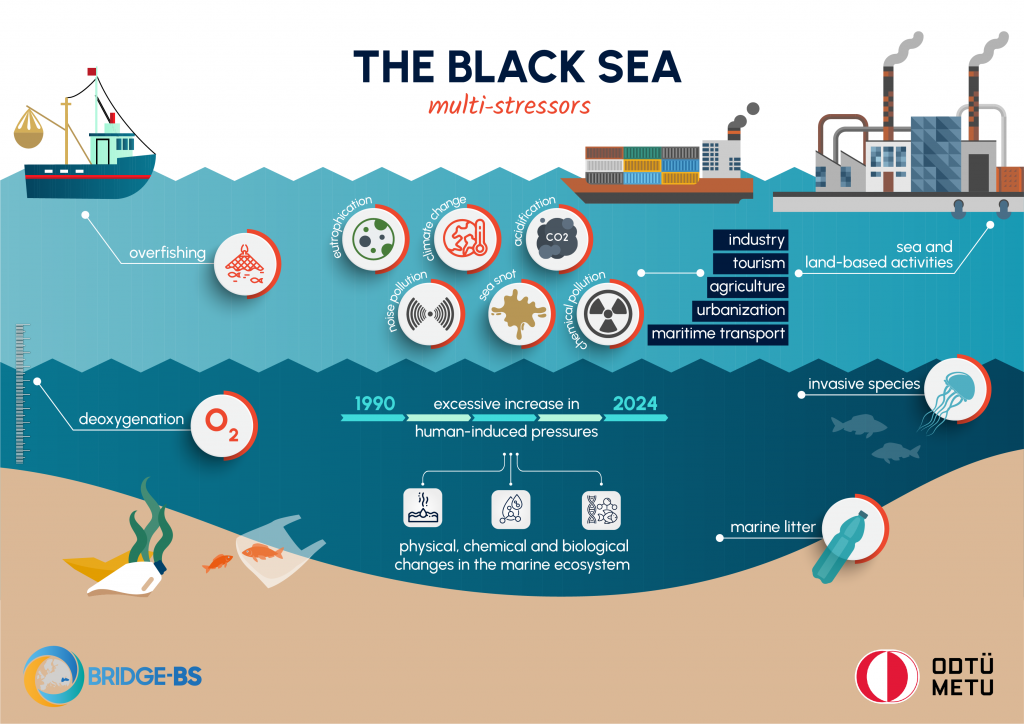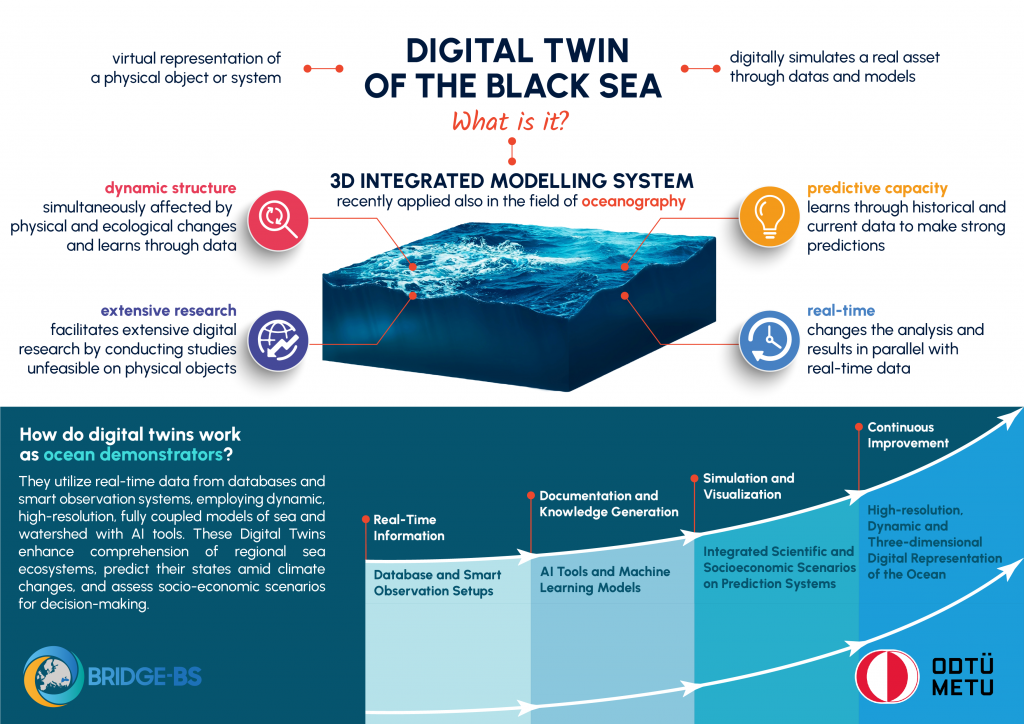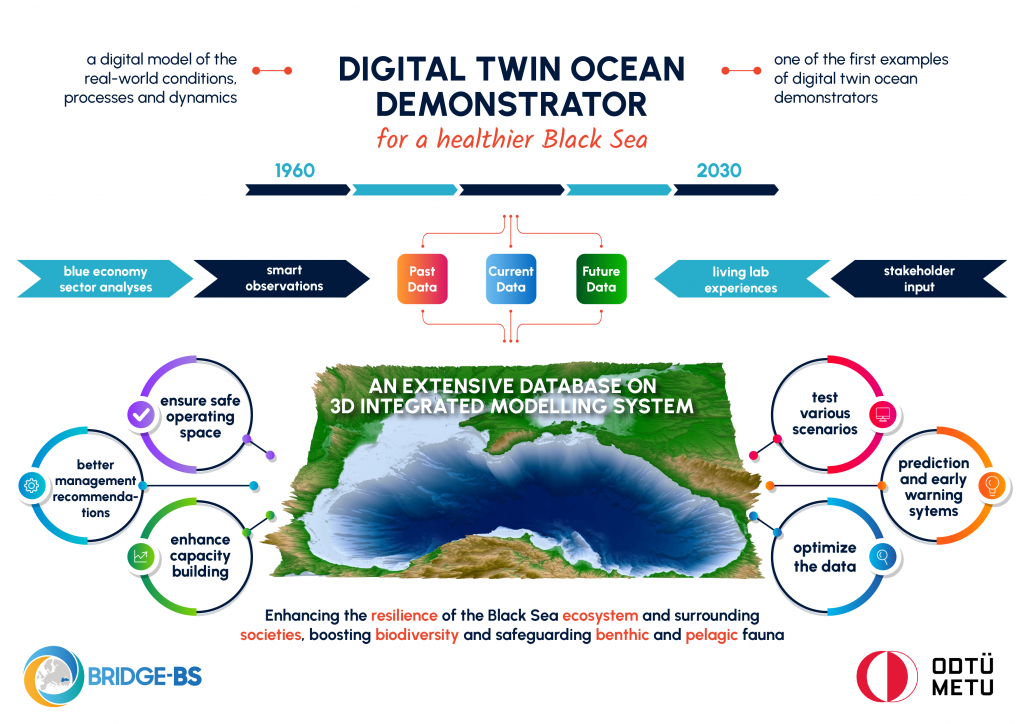BRIDGE BLACK SEA
One of the First Examples of Digital Twin Ocean Demonstrators
DIGITAL TWIN OCEAN DEMONSTRATOR
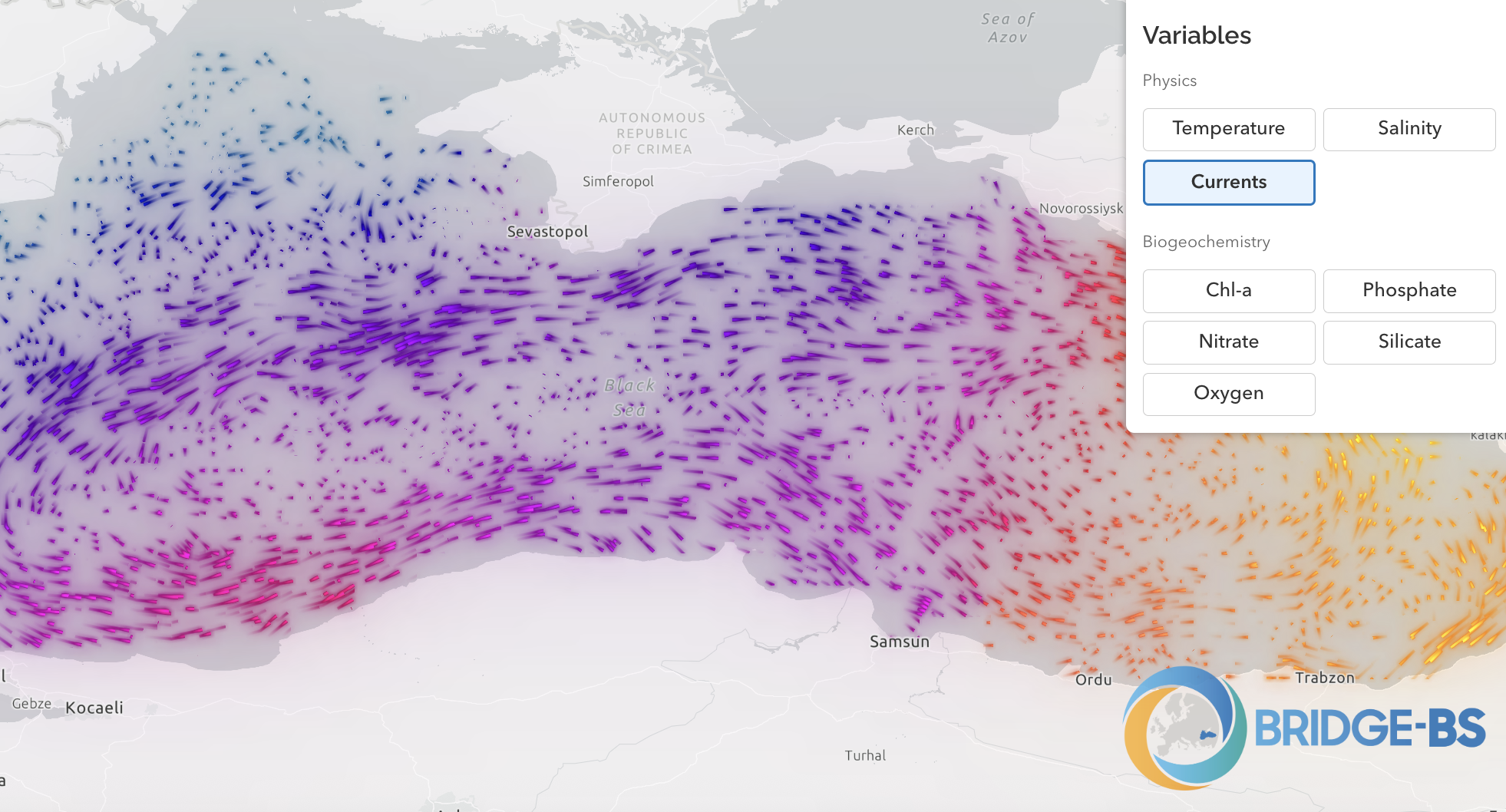
Explore Physics & Biogeochemistry
Explore how the sea evolves under SSP future projections — visualize physical processes and biogeochemical cycles.

Higher Trophic Level & Plastics
Visualize fish biomass, yield, and marine plastics distribution.
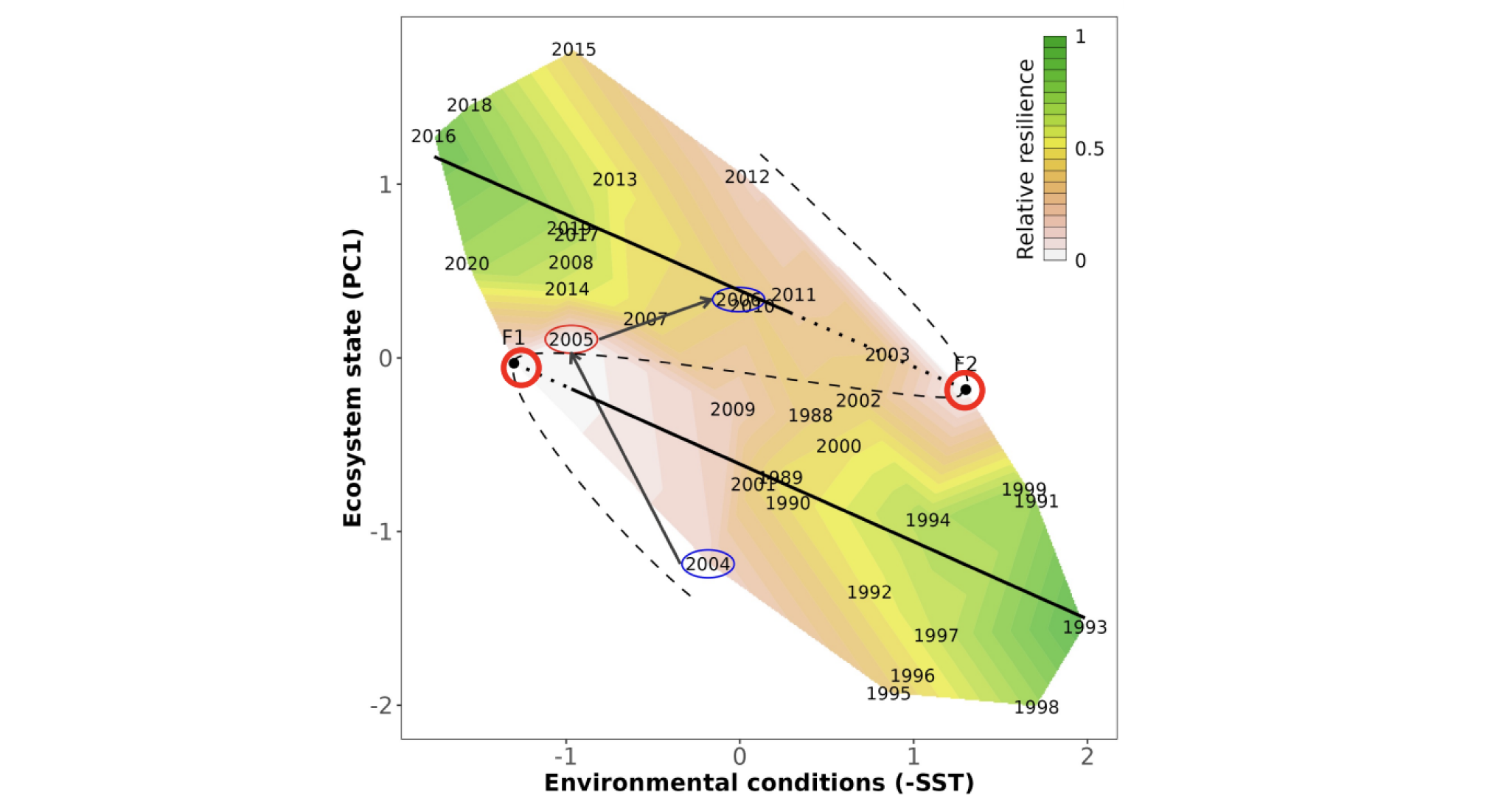
Resilience Assessment
Assess ecosystem & community resilience through indicators.

Cumulative Effect Assessment
Explore how multiple human activities and climate drivers cumulatively impact the Black Sea ecosystem.
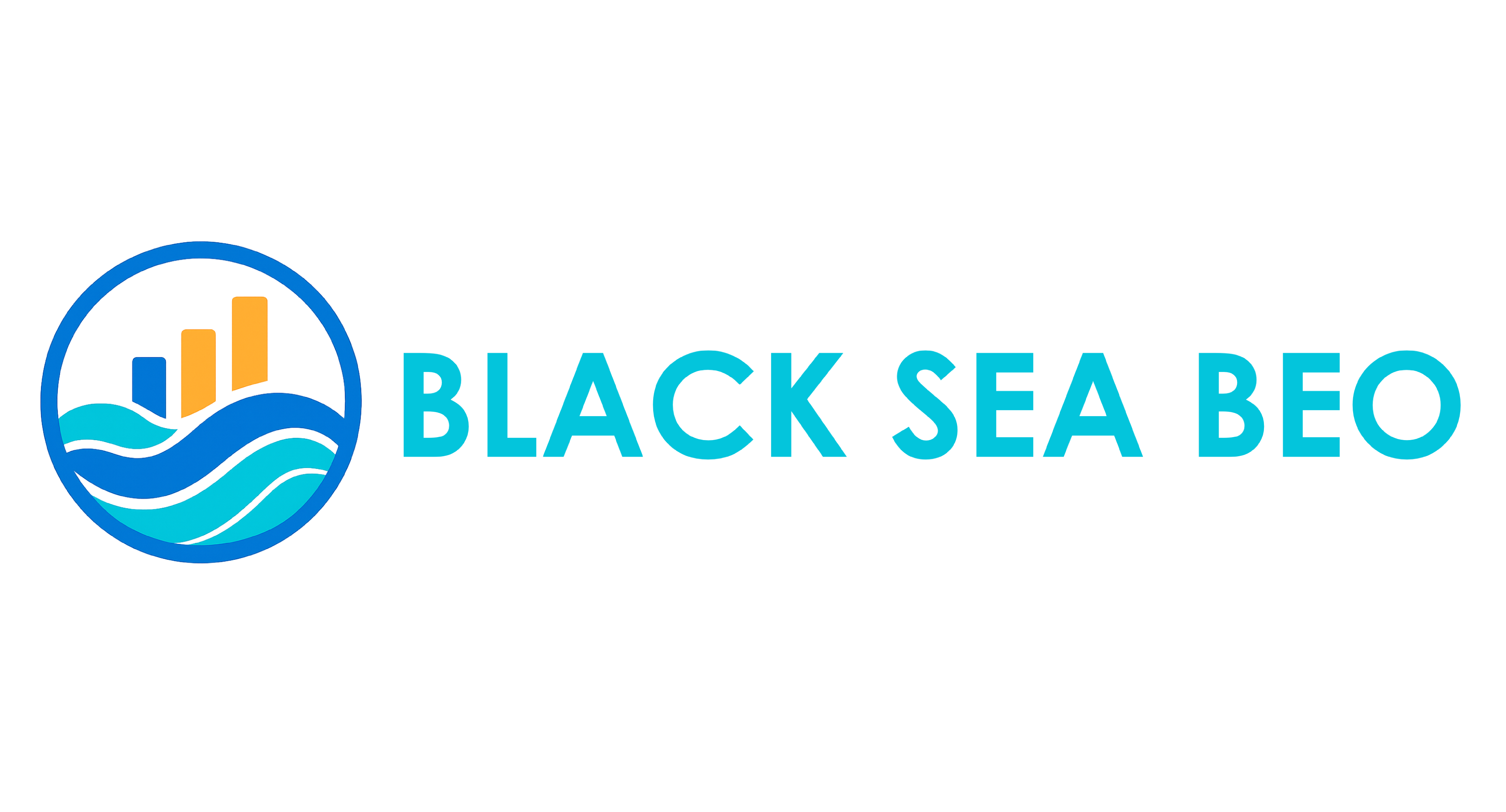
Blue Economy Observatory
Monitor and explore socio-economic trends in the Black Sea Blue Economy through interactive dashboards, indicators, and more.
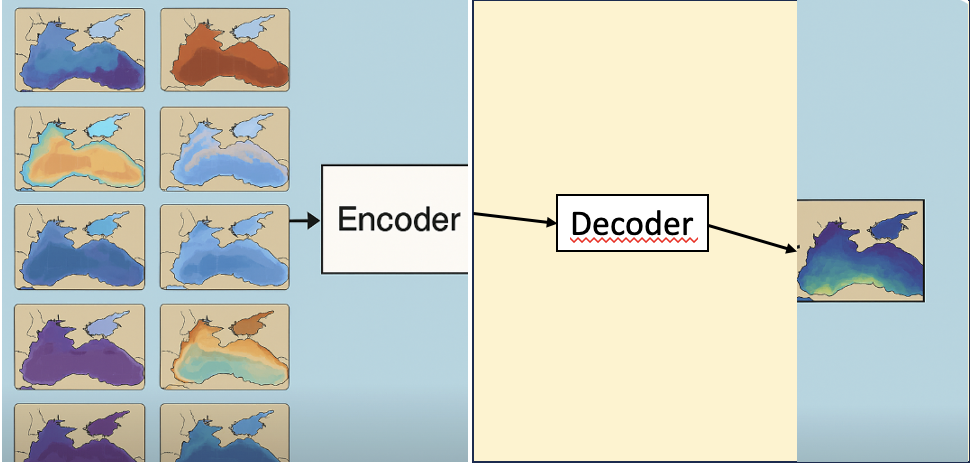
AI-Based Ecosystem Emulator
Using a hybrid Bayesian–Neural Network, the emulator predicts phytoplankton dynamics, ecosystem responses, and stressor impacts.
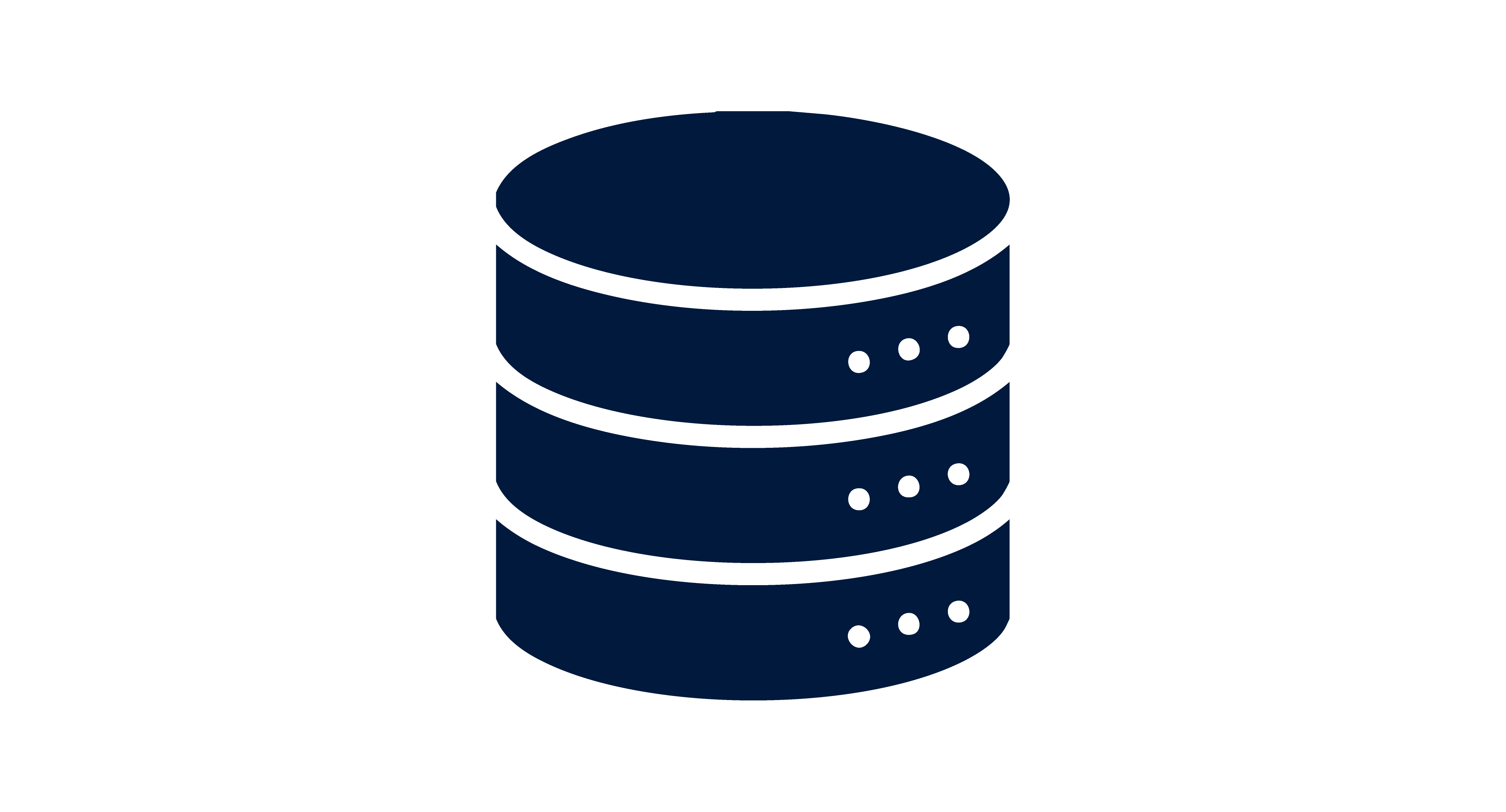
Data Services
REST + ERDDAP endpoints for model/data access.

JupyterLab
Access the interactive JupyterLab environment to explore, analyze, and visualize model outputs and observation datasets directly.
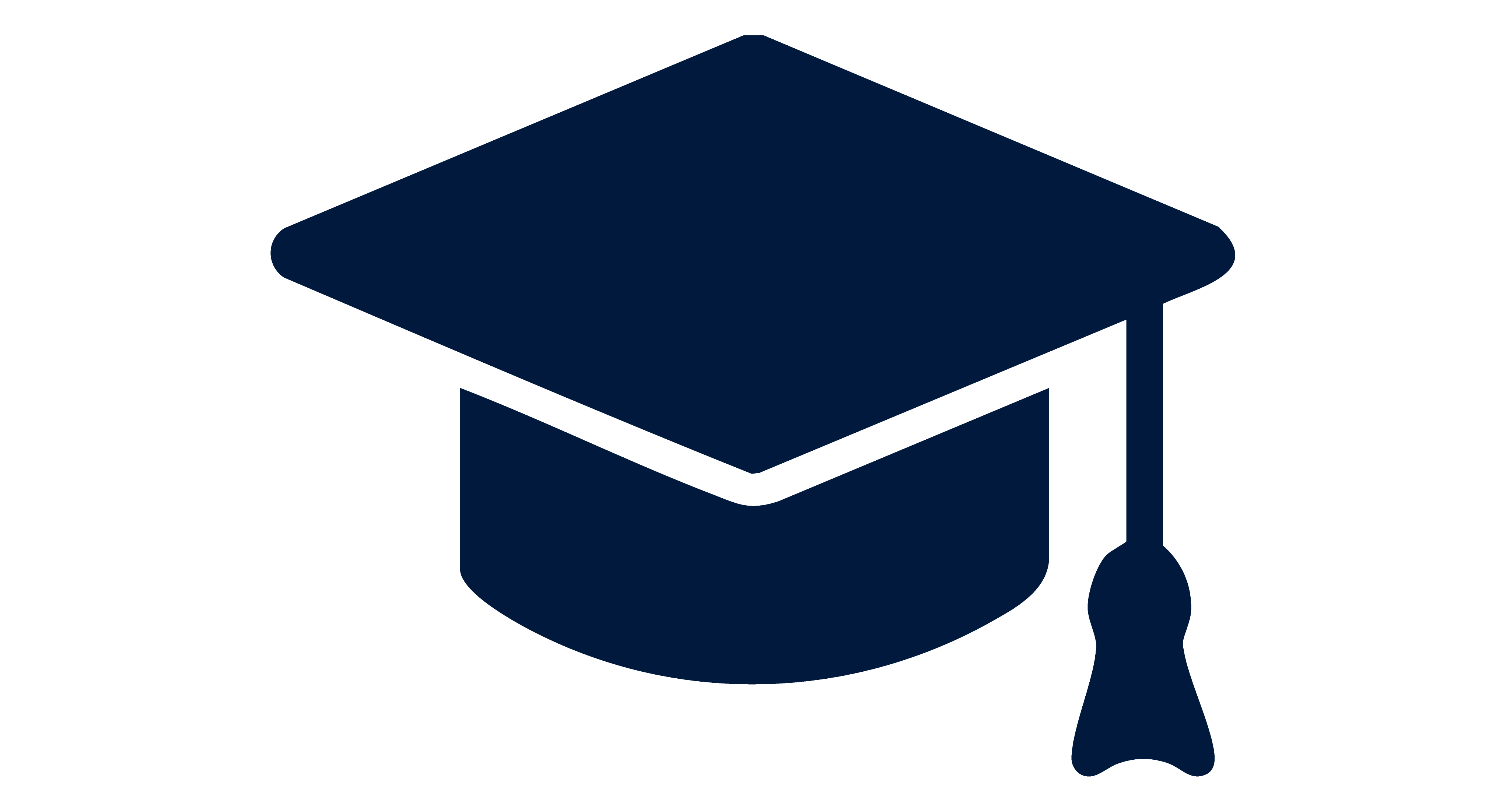
Trainings and Tutorials
Step-by-step guides to use the DTO—from map navigation and scenario simulation to data download, Jupyter notebooks, and APIs.
What is it?
BRIDGE Black Sea DTO stands out as one of the pioneering digital twin ocean demonstrators, integrating real-time data from database systems and smart observation setups. It incorporates high-resolution, fully coupled sophisticated models of both the sea and the watershed, enhanced by artificial intelligence tools and socio-economic models.
What does it aim?
It aims to enhance our comprehension of regional sea ecosystems, enabling us to predict their conditions under changing climate and environmental stressors. Moreover, it facilitates the testing of alternative socio-economic scenarios, contributing valuable insights to decision-making processes.
How does it work?
Digital twin utilizes integrated simulations and resilience assessments to define the ecosystem's state and associated risks. Decision support tools, employing machine learning and cumulative assessments, are then applied. These tools test various socio-economic and blue economy scenarios, with sector analyses and stakeholder input from living labs across the basin.
BRIDGE Black Sea DTO with Visuals
Visuals were specifically designed to illustrate the BRIDGE Black Sea Digital Twin Ocean Demonstrator.
A proper credit to the METU Institute of Marine Sciences is required.
Innovative Aspects of BRIDGE Black Sea DTO
Decision Support Tools
DSTs are founded on the Tools4MSP modeling framework, enabling a groundbreaking ad-hoc assessment of cumulative stressor effects on Black Sea ecosystem services for the first time.
Cumulative Effects Assesment
CEA employs a distinctive ensemble modeling approach, drawing upon novel insights garnered through a diverse array of modeling techniques.
Adaptive Management Approach
Actual feedback from customers and users across the Black Sea will help you to understand market needs, refining your product or service, and making informed decisions to enhance its value and appeal.
Spatial Identification
Through CEA, BRIDGE Black Sea DTO qualifies the spatial distribution of natural and anthropogenic risks, both individually and in combination, identifying critical marine areas that are affected.
Marine Strategy Framework Directive
Establishing crucial linkages to core Black Sea ecosystem services, a significant contribution to the MSFD is achieved by systematically considering the 15 MSFD pressures along with GES/Target indicators.
Ecosystem-based Management
EBM for marine space and ecosystem services involves spatial identification, understanding cause-effect relationships, and facilitating the comparison of pertinent information and products among stakeholders.

